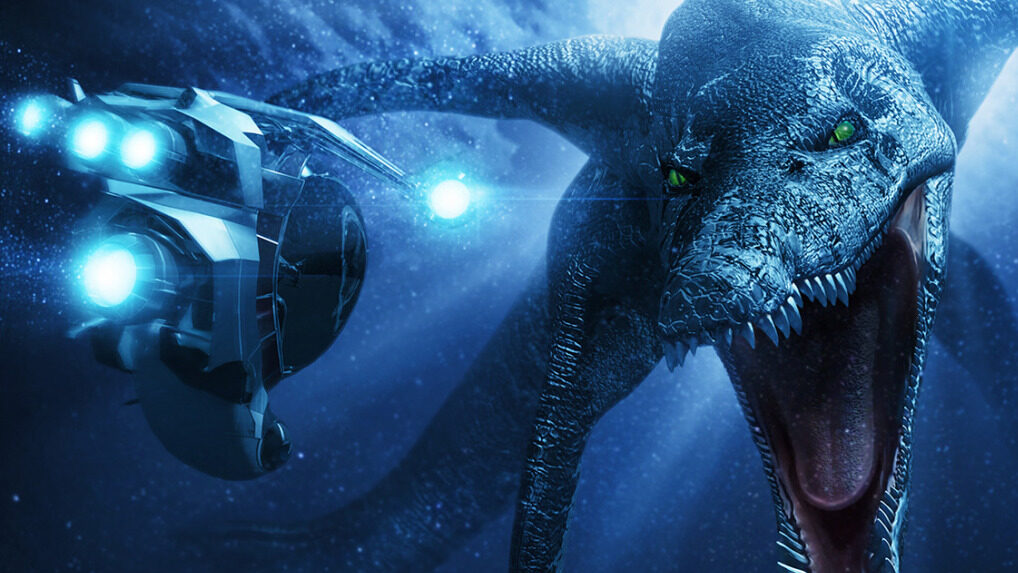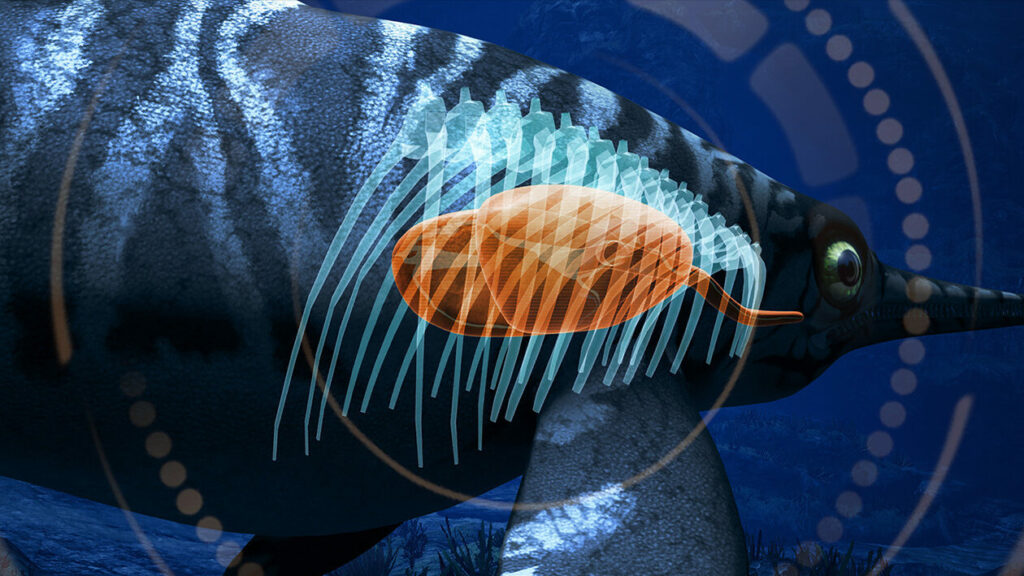Going Back In Time with Minority Media
PROJECT OVERVIEW
Minority Media Inc. is a Canadian independent studio that decided to focus exclusively on developing games for Virtual Reality platforms in 2014. Time Machine VR would be Minority Media’s debut virtual reality project and would utilize the recently released Unreal Engine 4. This meant Minority Media would need experienced developers who were confident and familiar with the cutting edge engine advancements to help build out the game.
By 2015, Puny Human had built an experienced team of engineers, programmers, technical artists, and designers, who up until that point had focused solely on internal game development for original titles. When Minority Media Inc. reached out looking for additional developers with UE4 experience, Puny Human answered the call.

In Time Machine VR, players assume the role of a time-traveling cadet tasked with exploring an immersive underwater world set in the Jurassic era. Players would use a variety of tools to track, examine, and discover a wide library of ancient creatures as they explore the immersive VR environment
Further, into the project’s development cycle, Minority Media required additional hands to develop art assets and VFX. A pair of talented developers from Puny Human collaborated to complete various 3D models, including the accompanying material work and visual effects, and minor changes to large interactive prehistoric creatures.
EXECUTING THE VISION
One challenging creature, in particular, was the giant squid, which had unique VFX requirements due to the dark ink that would be ejected into the surrounding water. Minority Media not only wanted the anatomy and physical details of the creature to be historically accurate but wanted the particle physics of the ink to be scientifically based as well. Puny Human was given the existing creature model and was responsible for ensuring the ink characteristics mimicked those displayed in nature. One of the features of the ink cloud is to confuse predators into believing the dark shape is a large threatening creature to deter attacks.
This was a difficult task that pushed the Puny Human developers outside of their comfort zone but was a great learning experience. Puny Human’s developers relied heavily on the provided reference videos to make ink physics as authentic as possible. In order to achieve the desired visuals, the team had to create a custom effect named “Pseudomorph”. This required experimentation to convincingly build the cloud shape using a custom mesh and material, morph targets to animate the mesh, and some additional particle effects to create the final appearance.

Another interesting part of the project was to conceptualize, model, and animate a hidden sci-fi monolith that lied beneath the environment’s surface. Puny Human’s developers were given inspiration and full creative freedom from concept to the final model. They used a provided mesh to animate the transformation which revealed the inner mechanical workings, comprising detailed moving parts and rotating gears.
As the animation was activated a ring of glowing light would emerge which was created using custom particle effects and collisions to ensure effective environmental interactions. This effect was made possible from the custom lighting effects the team created during the development of their original title Galacide. Using a combination of Cascade, Modo, Photoshop, After Effects, and the Unreal Engine the team was able to create custom assets and effects to meet both the aesthetic and accuracy requirements of the project.
CHALLENGES
The project had some unique features outside of the technical requirements as the game was intended to be as scientifically accurate as possible. The game offered an additional Exploration Mode that could be played after completing the main storyline which allowed players to dive deeper into the paleontology and explore the creatures in more detail. Minority Media had teamed up with the Research Chair in Vertebrate Paleontology at McGill University, Dr. Hans Larsson, to make sure the game was as informative as it was fun. This additional layer of gameplay created some very specific requirements for Puny Human’s developers who would have to ensure all assets and effects created were not only visually appealing but approved by the scientific experts.

However, with the project being Puny Human’s first external project there was a logistical learning curve as well. This primarily revolved around the communication between the two studios. It was requested that only one Puny Human developer be assigned as a liaison to help streamline the communication process and keep everyone on the same page. In retrospect this created some unnecessary challenges for the team due to the degree of specificity Minority required, which were difficult to translate through an intermediary. Additionally, neither studio had a standard operating procedure for file sharing with outside developers which ended up making the iterating process less than ideal.
OUTCOME
Despite the challenges that arose, the team was able to complete all work within the deadline. The process was a great learning experience for Puny Human as it not only exercised the technical skills for future projects but instilled confidence in the team that they could overcome the challenges presented by client requirements.
The project allowed the team to outline strategies for attacking future services work. Puny Human set up new partner interaction requirements for communication and logistics, ensuring more access to the game’s backend components and a more streamlined file sharing ecosystem. Time Machine VR set the foundation for the next stage in Puny Human’s expansion as the studio became focused on providing high-quality and affordable development services for companies across the industry.
Time Machine VR was released for PlayStation VR, Oculus Rift and HTC in 2016 and was available for download through the Steam and PlayStation stores. Upon launch, Time Machine VR was recognized as one of Steam’s top grossing VR titles earning over $1.2 million in sales. It is one of only 30 VR games that have surpassed the $1 million revenue mark.



